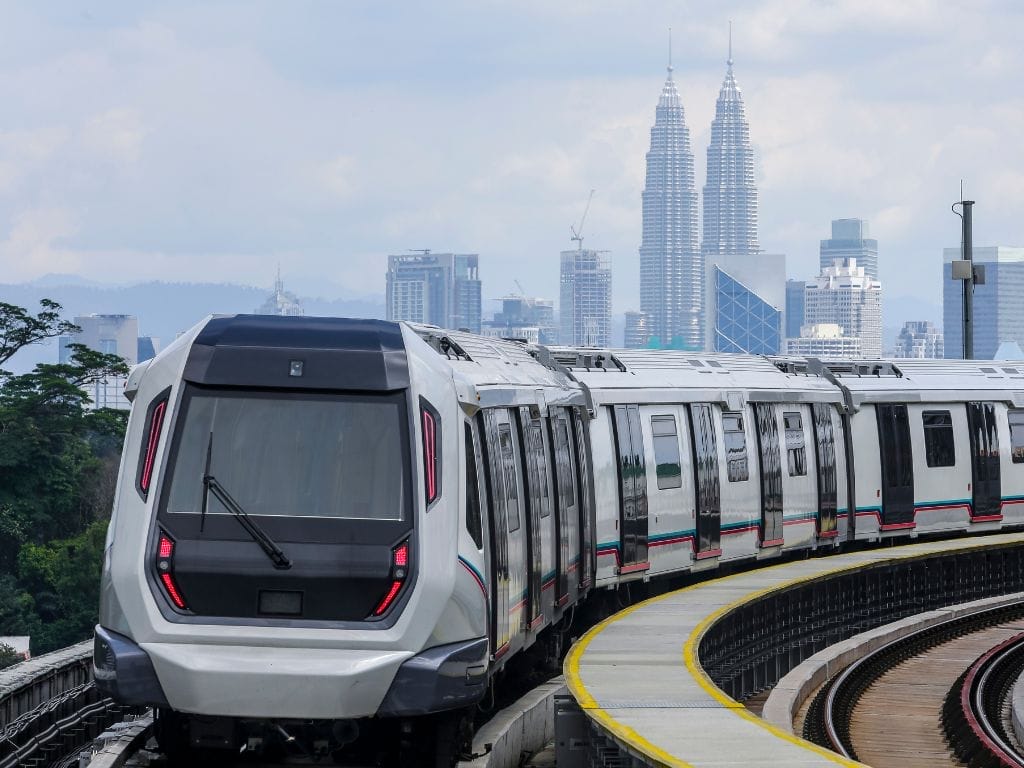10 MRT-related quirks and habits that only Singaporeans will understand
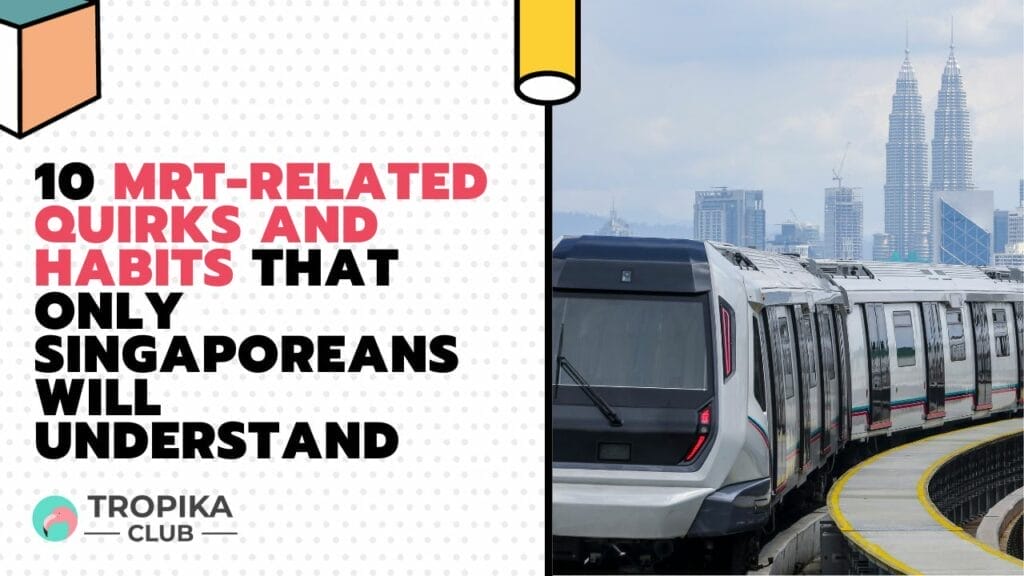
No Time to Read? Here’s a Snappy Summary of This Article
- Morning Rush Tango: Singaporeans master the intricate dance of securing prime MRT spots during the chaotic morning commute.
- Card Game Strategists: Navigating the MRT involves a strategic card-tapping finesse that only seasoned locals have perfected.
- Reserved Seat Diplomacy: Witness the unspoken etiquette as locals navigate the uncharted territory of reserved MRT seats without causing a stir.
- Foodie Expedition: Discover the unwritten rulebook on enjoying a diverse culinary journey, all conveniently accessible via the MRT network.
- Doorway Daredevils: Experience the adrenaline rush of becoming an unwitting contestant in the unspoken game of “doorway chicken” during rush hour.
- Jingle Jungle: Dive into the world of MRT jingles, where each station has its own distinct melody, creating a unique auditory tapestry.
Table of Contents
- No Time to Read? Here’s a Snappy Summary of This Article
- 1. The Art of Queueing
- 2. Tissue Packet Chope-ing
- 3. Avoiding Eye Contact
- 4. The Priority Seat Dance
- 5. Sticker Shock
- 6. The Unspoken Side Step
- 7. MRT Fashion
- 8. The Silent Phone Call
- 9. Baggage Etiquette
- 10. Escalator Protocol
- Conclusion
- Meanwhile, Check Out Tropika Club’s Ecosystem of Websites
Introduction
The MRT isn’t just a mode of transport; it’s a microcosm of Singaporean society. From the early morning rush to the late-night rides home, the MRT is where you’ll find a cross-section of our diverse population. But if you look closely, you’ll notice certain quirks and habits that are uniquely Singaporean. Whether it’s the way we queue or the items we use to “chope” seats, these idiosyncrasies make our daily commutes more interesting and, dare we say, more Singaporean. So, let’s dive into these 10 MRT-related quirks and habits that only we, Singaporeans, will truly understand.
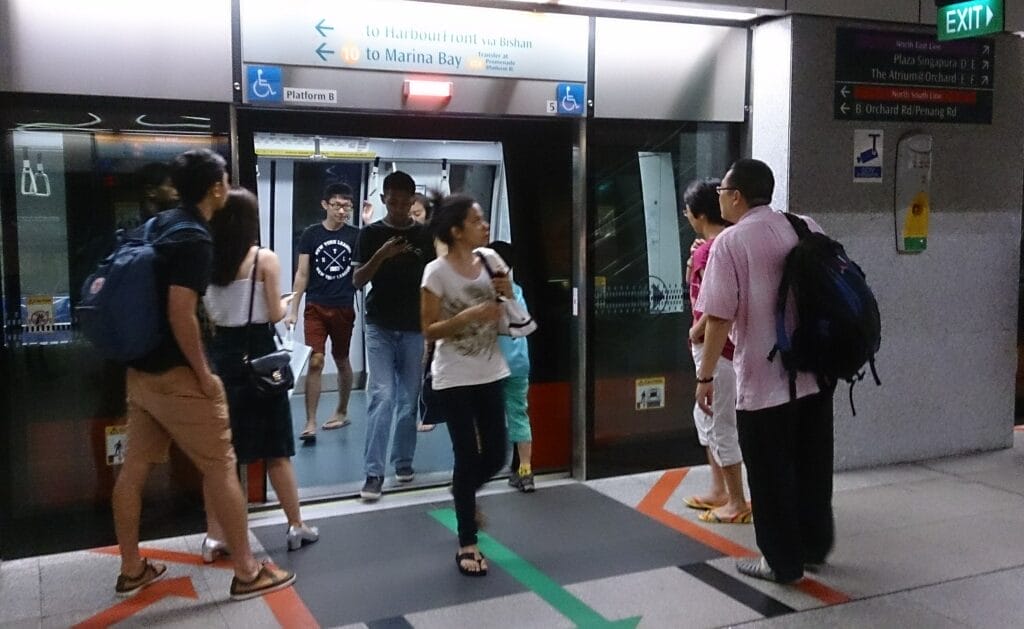
1. The Art of Queueing
In Singapore, queueing is almost a national sport, and nowhere is this more evident than at MRT stations. Whether it’s forming two neat lines beside the train doors or waiting patiently for passengers to alight before boarding, Singaporeans have turned the act of queueing into an orchestrated dance. It’s not just about standing in line; it’s about social harmony and efficiency. Break the queue, and you’ll earn more than just a few tsk-tsks; you’ll have broken an unspoken social contract that keeps our society running smoothly.

2. Tissue Packet Chope-ing
Ah, the humble tissue packet—a symbol of Singaporean ingenuity. Need to save a seat while you buy a drink or snack? Just leave a packet of tissues on the seat, and it’s as good as reserved. This unspoken rule is so ingrained in our culture that even tourists quickly catch on. It’s a quirky yet practical solution that speaks volumes about our resourcefulness and mutual respect.
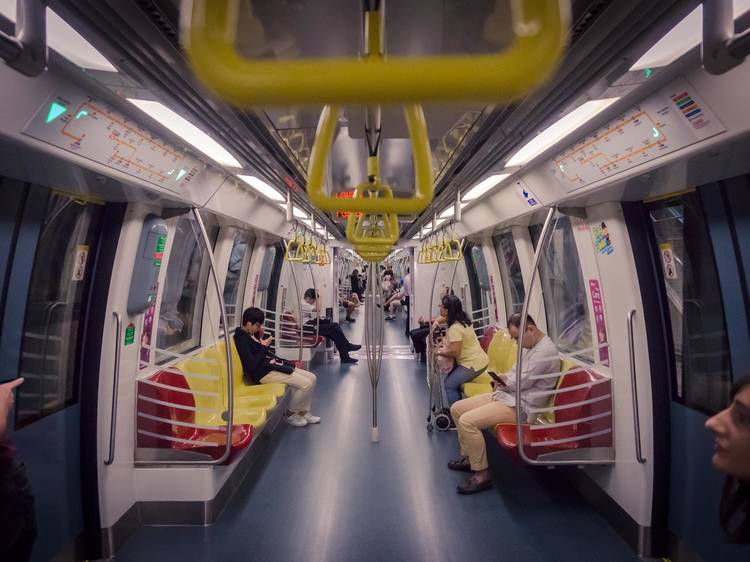
3. Avoiding Eye Contact
If you’ve ever ridden the MRT, you know the drill: eyes down, earphones in, and absolutely no eye contact. It’s as if making eye contact would break some ancient spell and unleash chaos. While it might seem standoffish to outsiders, this habit actually stems from a desire for personal space and privacy, especially in a crowded setting.

4. The Priority Seat Dance
The priority seat is a hotbed of social dynamics. While it’s meant for those who genuinely need it, the seat often becomes a silent battleground of glances and subtle gestures. The moment someone in need boards the train, you’ll see a quick shuffle as people decide whether to offer the seat or pretend they didn’t notice. It’s a complex dance that only Singaporeans understand.

5. Sticker Shock
No, we’re not talking about price tags. We mean the myriad of stickers and signs adorning the MRT, from “No Eating or Drinking” to “Move to the Rear.” Singaporeans have a love-hate relationship with these stickers. We may grumble about the “nanny state,” but deep down, we appreciate the order these signs bring to our daily commute.

6. The Unspoken Side Step
Ever noticed how Singaporeans will subtly sidestep to let others pass, especially during peak hours? It’s an unspoken rule that keeps foot traffic flowing smoothly. No words are exchanged, just a mutual understanding that efficiency is king. This habit showcases our innate sense of community and consideration for others.
_
Read Also:
10 Facts About the Unspoken Rules of Etiquette in Singapore
_
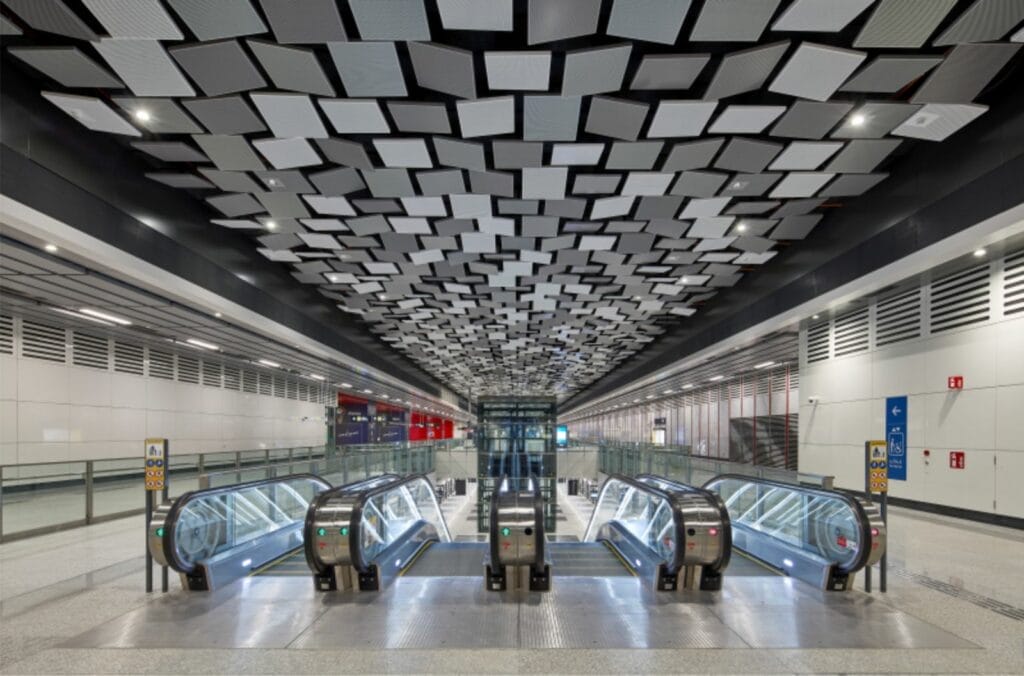
7. MRT Fashion
Believe it or not, there’s an unspoken dress code for the MRT. Office attire, casual wear, and even pajamas—you’ll see it all. But regardless of the outfit, comfort is key. Whether it’s flip-flops or formal shoes, Singaporeans dress for the journey, not just the destination.
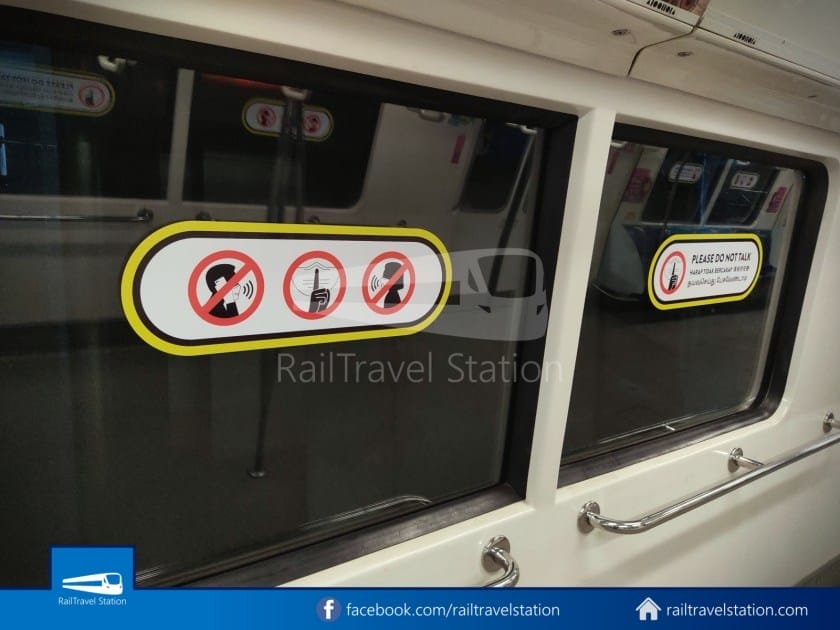
8. The Silent Phone Call
You might think Singaporeans are shy, but just watch what happens when someone’s phone rings on the MRT. Instantly, the call is silenced or taken in hushed tones, out of respect for fellow passengers. It’s a small but significant gesture that reflects our collective consciousness.
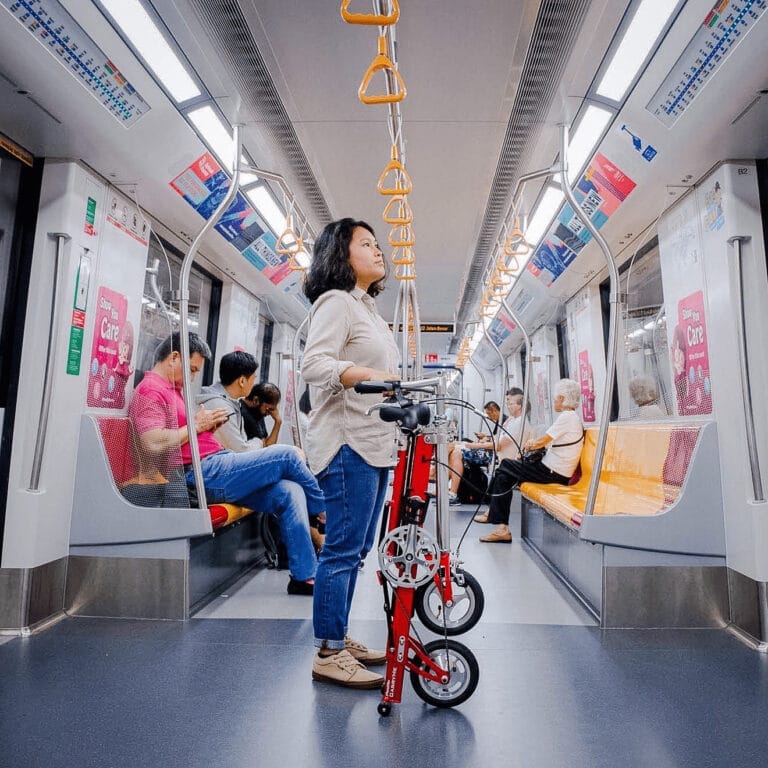
9. Baggage Etiquette
From bulky backpacks to shopping bags, Singaporeans have an unspoken rule about how to handle baggage on the MRT. The general consensus? Keep it compact and out of the way. You’ll often see people adjusting their bags to make room for others, a small but meaningful act of courtesy.
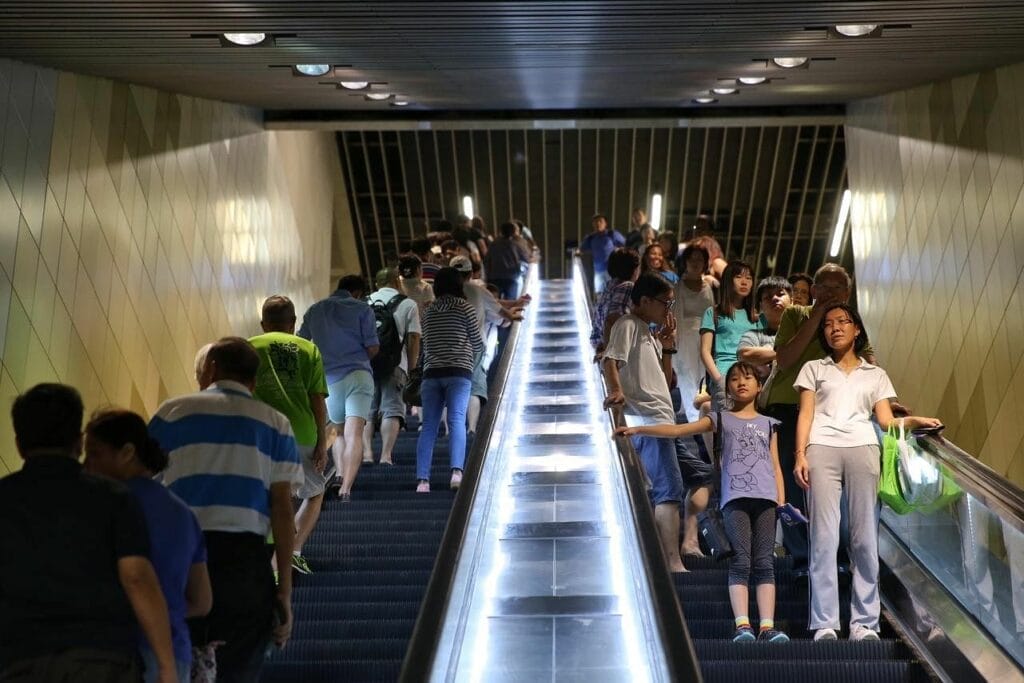
10. Escalator Protocol
Stand on the left, walk on the right. This simple rule is followed religiously by Singaporeans. It’s more than just an escalator guideline; it’s a reflection of our love for efficiency and order. Break this rule, and you’ll instantly earn the ire of your fellow commuters.
Conclusion
So there you have it—10 quirks and habits that make our MRT journeys uniquely Singaporean. These idiosyncrasies may seem trivial, but they’re a testament to our culture, our values, and our way of life. The next time you hop on the MRT, take a moment to appreciate these little things. After all, it’s these quirks that make us who we are, uniting us in this bustling, ever-changing city we call home.

Frequently Asked Questions (FAQ)
Q: What are some unique MRT-related quirks mentioned in the blog post?
A: Discover peculiar habits like the unspoken rule of standing on one side of the escalator and the infamous “chope-ing” culture.
Q: Are there specific MRT stations mentioned in the blog post?
A: Yes, explore anecdotes related to popular stations like Orchard, Raffles Place, and Bugis that resonate with Singaporean commuters.
Q: How does the blog post address the issue of “door-blocking” on MRTs?
A: Find insights into the common frustration of door-blocking behavior and its impact on the daily commute experience for Singaporeans.
Q: Is the blog post relevant to daily MRT commuters in Singapore?
A: Absolutely, it delves into the daily experiences and nuances faced by Singaporeans, creating a relatable read for regular MRT users.
Q: Does the blog post touch upon Singapore’s unique MRT etiquette?
A: Yes, it sheds light on the unspoken etiquette, like the “no-eye-contact” rule during peak hours and the subtle dance of giving up seats.
Q: How can readers share their own MRT-related quirks or experiences?
A: Readers are encouraged to share their unique MRT stories in the comments section, fostering a sense of community and shared experiences among Singaporeans.

Have an Article to Suggest?
Tropika Club is always looking for new and exciting content to feature in their magazine and they value the input of our readers. If you have any noteworthy content or articles that you believe would be a great addition to Tropika Club’s magazine, we are open to suggestions and encourage you to reach out to us via email at [email protected]. By doing so, Tropika Club values your expertise and knowledge in the matter and appreciates your willingness to help. We will review your recommendations and update our list accordingly
Meanwhile, Check Out Tropika Club’s Ecosystem of Websites
Tropika Club Magazine – Tropika Club Magazine is a Singapore-based publication that features articles on a wide range of topics with a focus on local businesses and content for the region. The magazine emphasizes supporting local businesses through its #SupportLocal initiative, which includes coverage of everything from neighborhood hawker stalls to aesthetic clinics in town. In addition to highlighting local businesses, Tropika Club Magazine also covers a variety of local content, including beauty, lifestyle, places, eats, and what’s on in Singapore and the Asia Pacific region.



